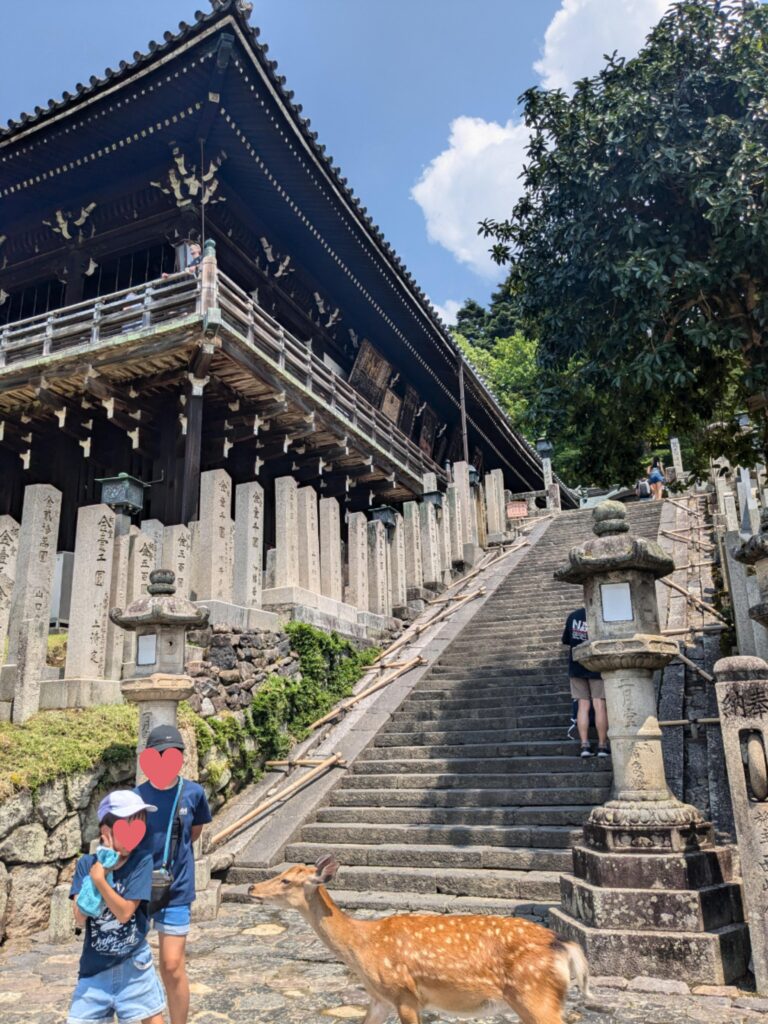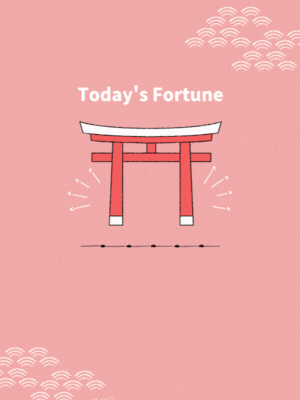When traveling to Japan, many visitors purchase omamori (lucky charms) from shrines and temples.
However, for a more meaningful and lasting memento of your spiritual journey, our family chooses to bring goshuincho (御朱印帳) on our shrine and temple visits.
What is a Goshuincho?

A goshuincho is a special book designed to collect goshuin (御朱印) – the sacred stamps and calligraphy you receive at Japanese shrines and temples.
These stamps serve as proof of your visit and create a spiritual connection between you and the deity of that sacred place.
Unlike omamori, which are typically returned to the shrine after one year, goshuin stamps can be permanently preserved in your goshuincho, making them perfect souvenirs for travelers who cannot easily return to Japan to properly return their omamori.
My Personal Journey with Goshuincho

I first encountered goshuincho during my student days living in Kyoto.
One of my friend in a history department carried one proudly.
Years later, after becoming a morher, I began traveling around Japan with our children, I wanted them to have their own goshuincho.
I hoped these books would serve as a form of spiritual protection for my children.
There’s nothing more heartwarming than imagining them grown up someday, looking through these books and remembering our family journeys together.
Why Collect Goshuin as a Family?

Meaningful Souvenirs
Unlike mass-produced tourist items, each goshuin is handwritten and stamped by temple staff at the moment of your visit, making every entry unique and personal.
Cultural Education
Collecting goshuin teaches children about Japanese religious traditions, history, and cultural respect in an engaging, interactive way.
Beautiful Collectibles
Many travelers enjoy collecting different goshuincho books themselves, as each shrine and temple often sells their own uniquely designed books with beautiful covers featuring traditional Japanese motifs, seasonal designs, or images of the shrine or temple itself.
How to Receive Goshuin
Not every religious site offers goshuin, but most major shrines and temples do.
Here are some key points to remember:
Finding the Right Location
Look for the shrine office (社務所 – shamusho) or temple office (寺務所 – jimusho) where goshuin are typically offered.
Special and Seasonal Designs
Some shrines and temples offer special or seasonal goshuin designs.
Don’t hesitate to ask about available options when you visit.
Tips for Getting Your Goshuin Stamps
- Express your intention clearly: Let the staff know you’d like to receive a goshuin.
- Present your open goshuincho: Hand over your book opened to the blank page where you want the stamp to be placed, without any bookmarks or items inserted.
- Separate books for shrines and temples?: Some collectors maintain separate goshuincho for Shinto shrines and Buddhist temples, as they honor different deities. However, there’s no strict rule about this – you can keep them all in one book if you prefer.
Starting Your Family’s Goshuincho Tradition

Purchasing a goshuincho for each family member can be a wonderful way to begin your Japanese spiritual journey together. Children especially enjoy watching the careful calligraphy process and collecting stamps from different locations.
The cost typically ranges from 300-1,500 yen for each goshuin stamp, while the goshuincho books themselves usually cost between 1,000-3,000 yen depending on the design and quality.
As your collection grows, so will your memories of traveling through Japan. Years later, these books will serve as beautiful reminders of the sacred places you visited together as a family.
Whether you’re seeking spiritual connection, cultural understanding, or simply unique souvenirs, goshuincho offer a meaningful way to document your family’s Japanese adventure.



